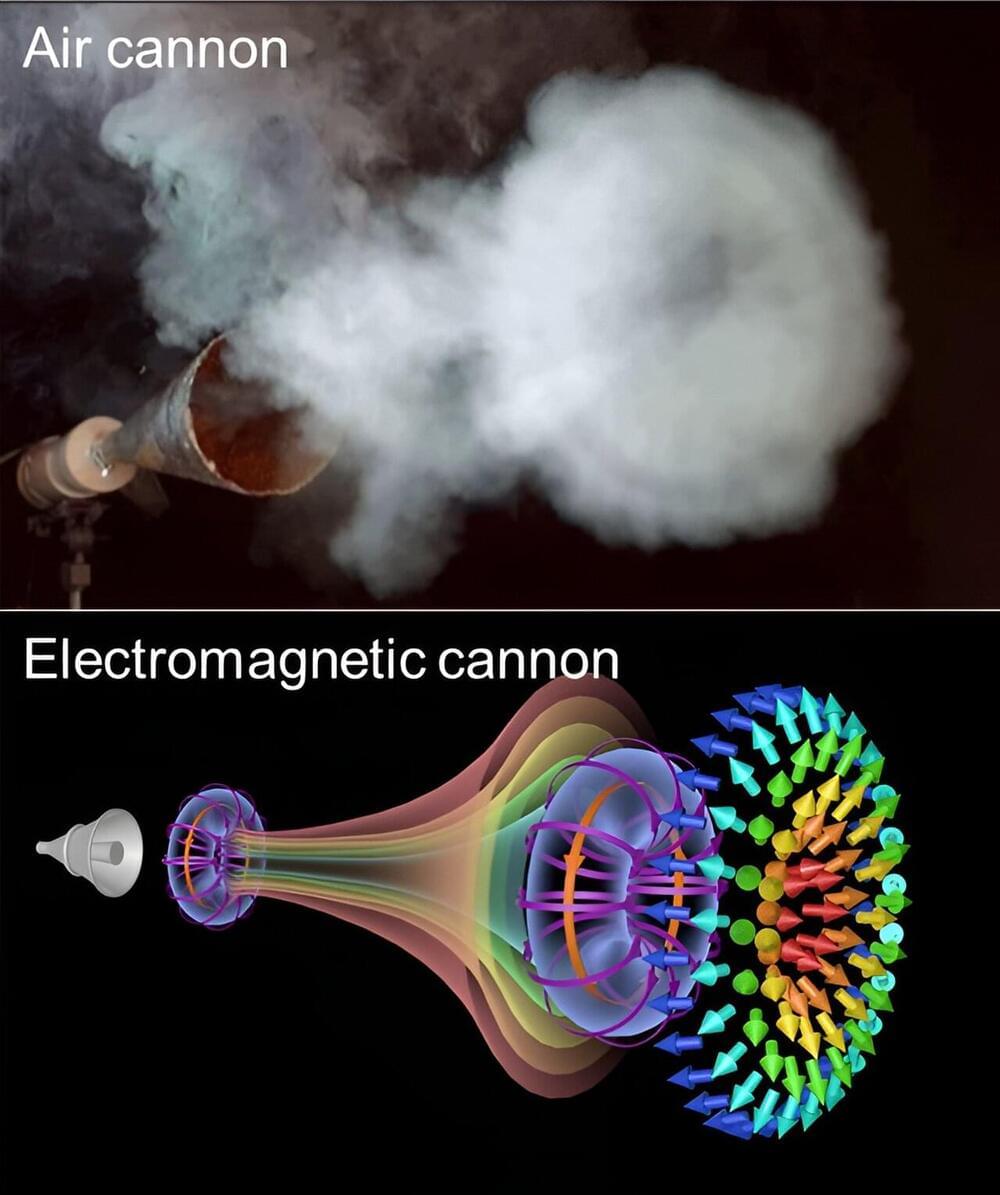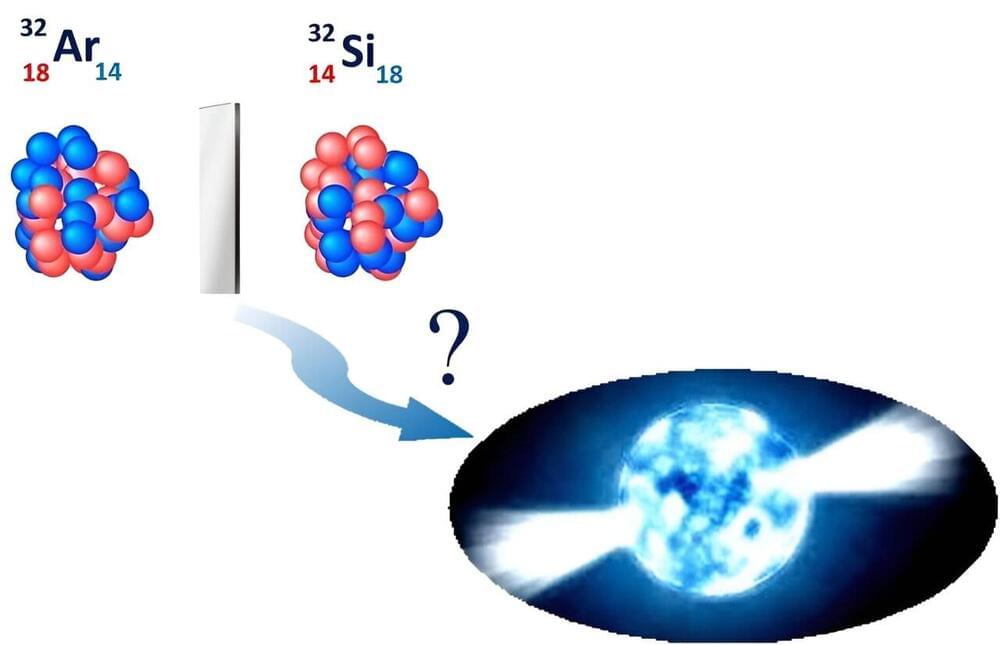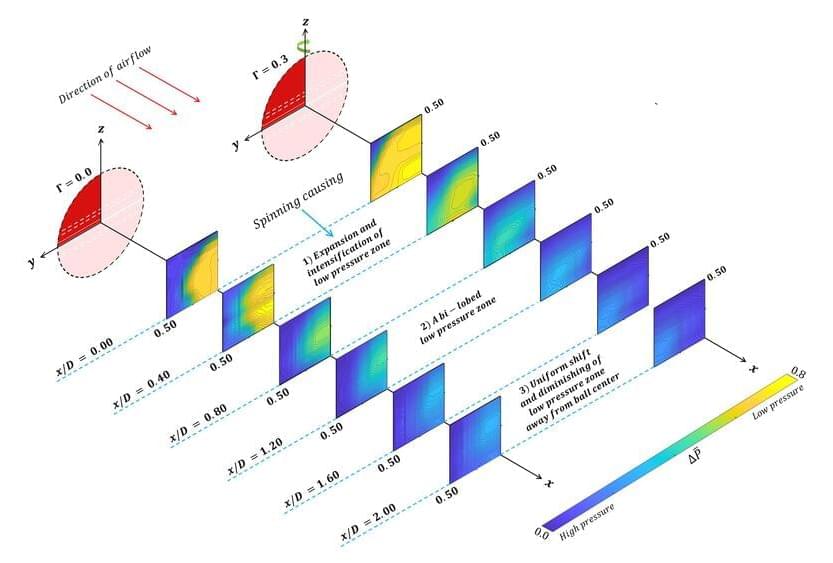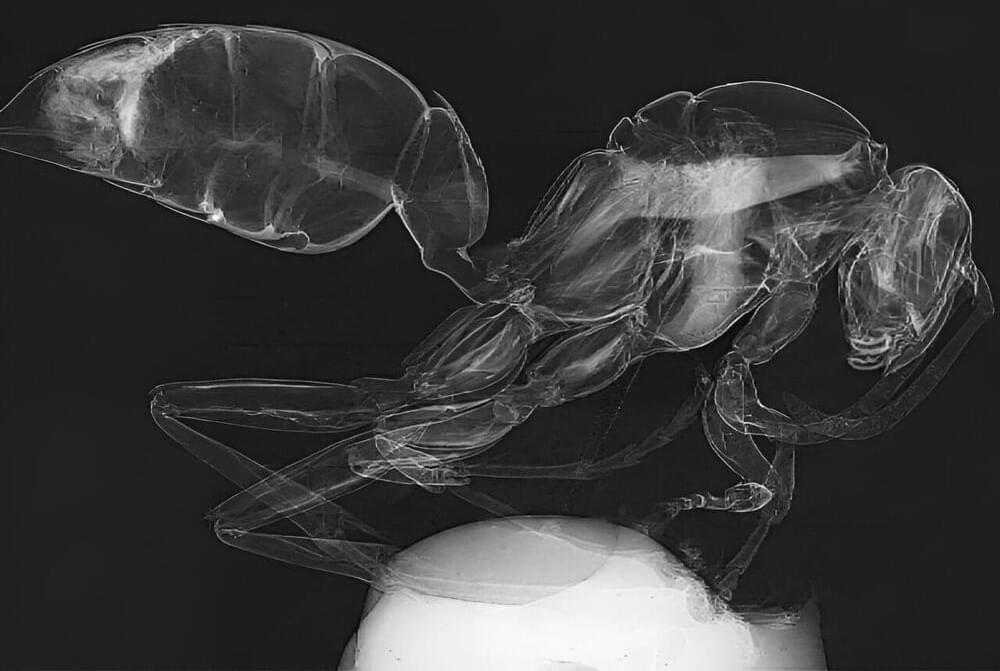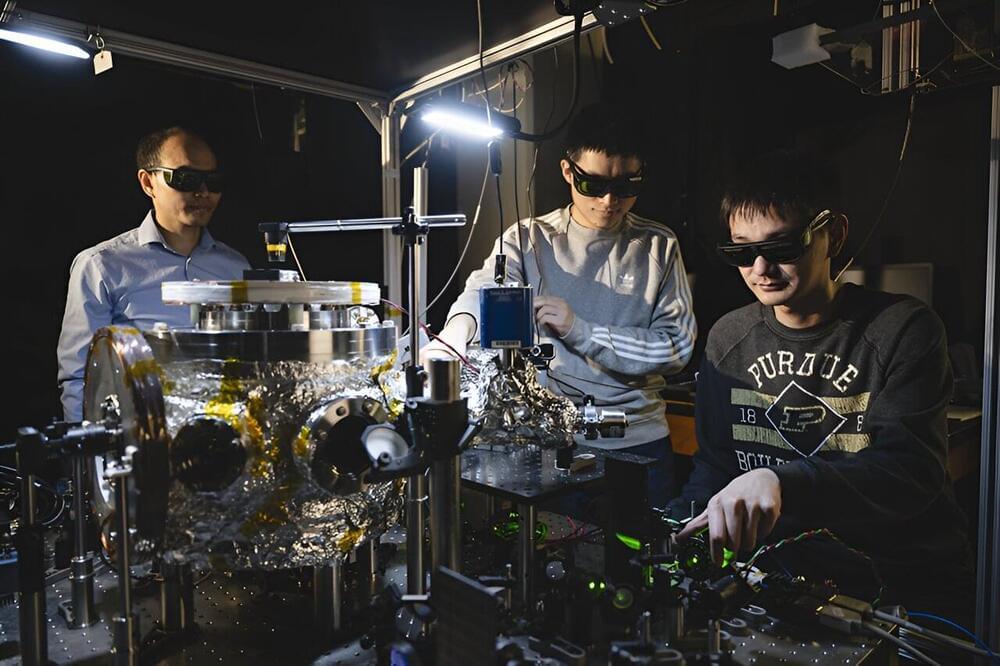
“This breakthrough helps us better understand and study the fascinating world of quantum physics,” he says.
The fluorescent nanodiamonds, with an average diameter of about 750 nm, were produced through high-pressure, high-temperature synthesis. These diamonds were irradiated with high-energy electrons to create nitrogen-vacancy color centers, which host electron spin qubits.
When illuminated by a green laser, they emitted red light, which was used to read out their electron spin states. An additional infrared laser was shone at the levitated nanodiamond to monitor its rotation. Like a disco ball, as the nanodiamond rotated, the direction of the scattered infrared light changed, carrying the rotation information of the nanodiamond.



